Mondragó Nature Park
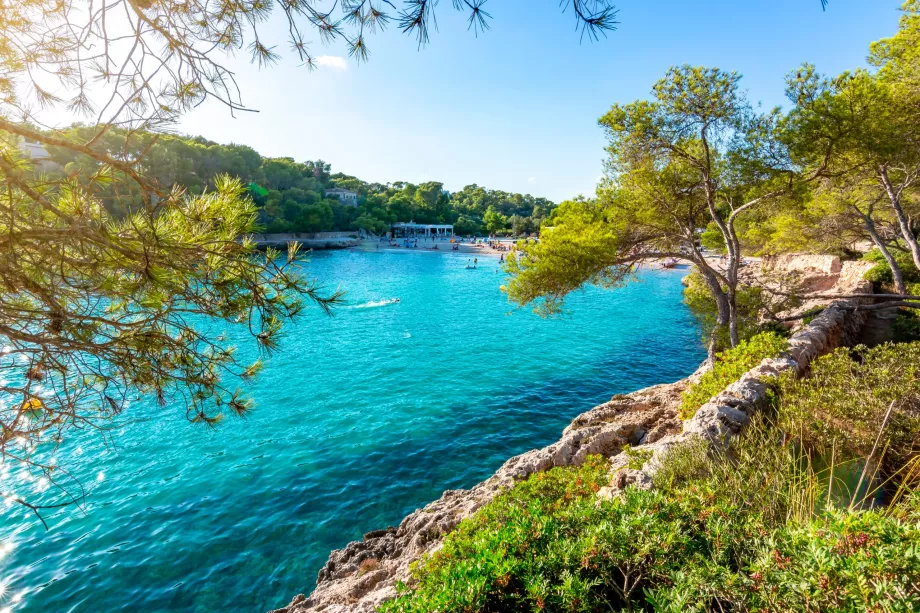
Clear waters, dunes, cliffs, pine groves and wild olive groves, all this is the Mondragó Nature Reserve, which was only created in 1992. In addition to the famous beaches, there are also nature trails along which you can admire the typical stone buildings without the use of bonding materials (the stones are layered on top of each other), as well as the ingenious irrigation, where the locals try to make the most of the water (water wheels, cisterns, etc.).
Keep your eyes peeled and you won't miss any of the local inhabitants - white herons, hoopoes or small frogs.
Beaches and swimming
The most famous beach is Cala Mondragó, which is especially crowded with tourists during the summer months, so choose one of the smaller and equally nice beaches next door, such as S'Amarador, Ses Fonts de n'Alis.
The local beaches are located in small coves bordered by low stone cliffs, the water is turquoise blue and clear for several metres. The beaches and the bottom are covered with fine white sand, making them ideal for small children and, thanks to the rocky edges, for snorkelling enthusiasts.
Accommodation
Right in the heart of Mondragó Park, you can stay in two hotels in an extremely quiet and beautiful location.
- Hostel Condemar * - A nice clean retro hotel from 62 eur per night
- Hotel Playa Modrago *** - a well rated 3* classic from 88 eur per night
The nearby resort of Portopetro will provide many more accommodation offers.
How to get there?
There are several official car parks right in Mondragó Park, most of which are within walking distance of the beaches. All of them charge a parking fee of around 7 eur per day.
If you're coming from Palma, you'll be driving about 60 km along the Ma-19 road, which ends right in Mondragó Natural Park.
The closestbus ride is to the town of Portopetro on the northern edge of Mondragó (line 515 from Campos, where you can change to the service to Palma). However, the nearest bus stop is 4 km away.
What to see around
Discover all the places to see in Mallorca.
Any questions left?
If you have any questions or comments about the article...

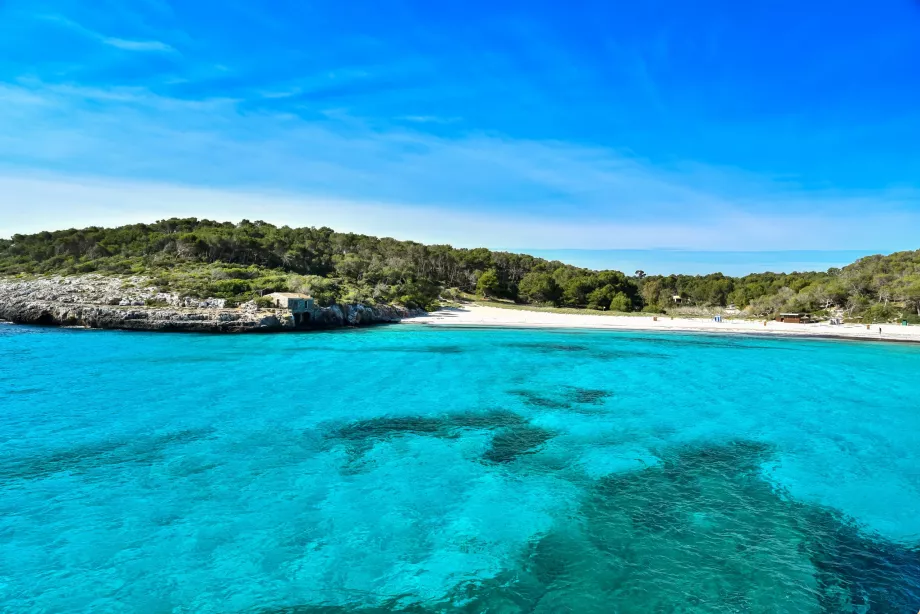
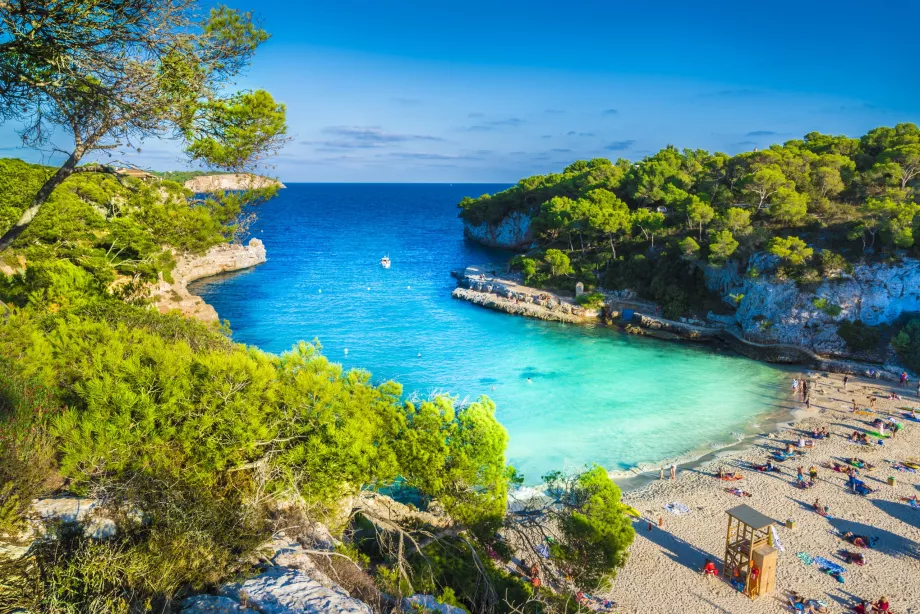
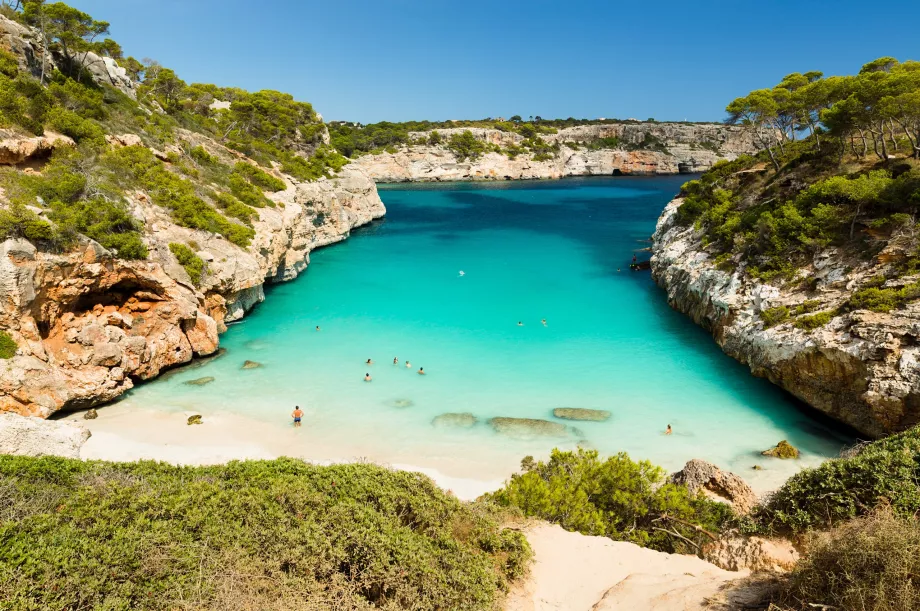

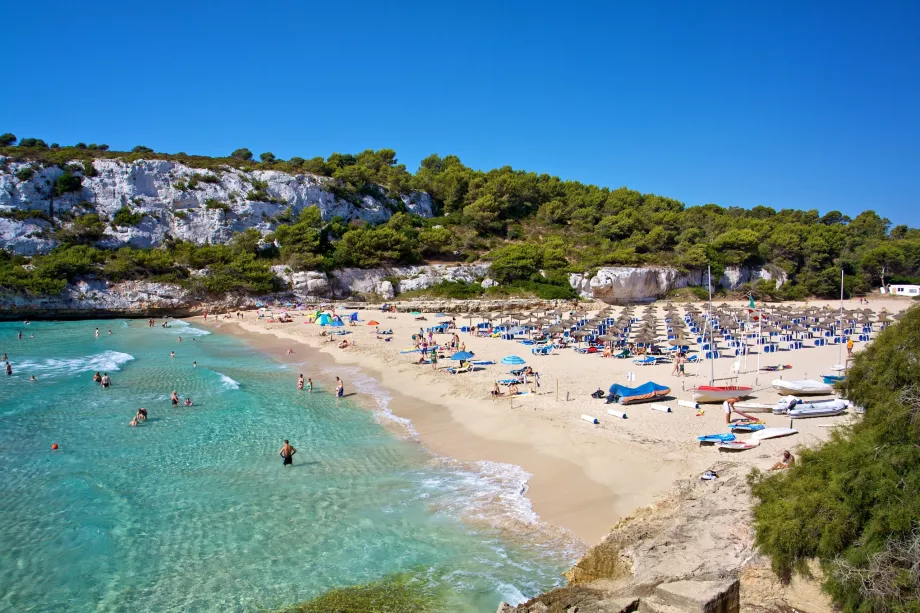
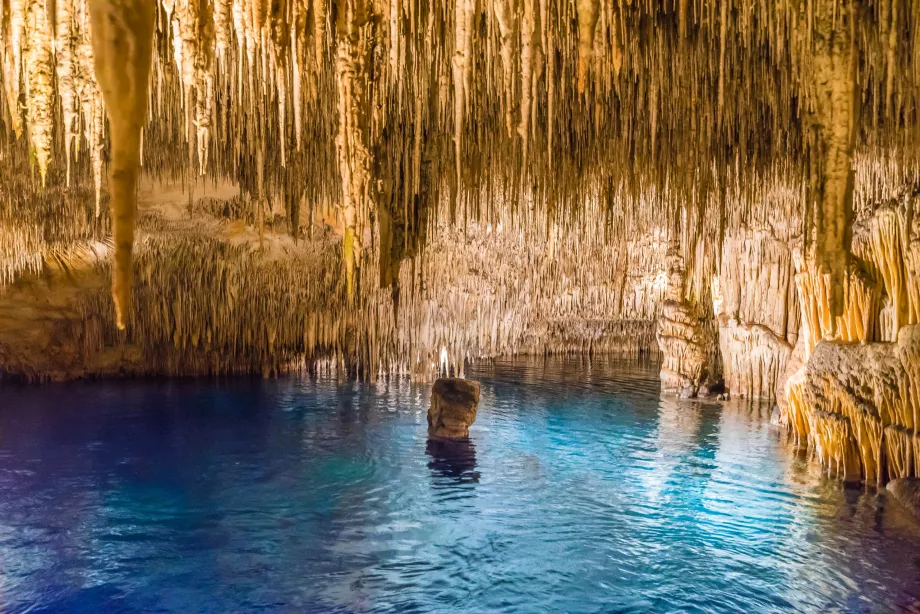

Hello.
In the summer of 2023 we visited this beach for the umpteenth time.
We were unpleasantly surprised that they have cancelled the pleasant seating area right on the beach, including toilets and showers. The TOI toilet capacity was insufficient and the sanitary conditions were terrible!
Do you know if anything has changed for the better since then?
Thanks
Jana